Chinese Marines: Chances of Confronting American "Colleagues"
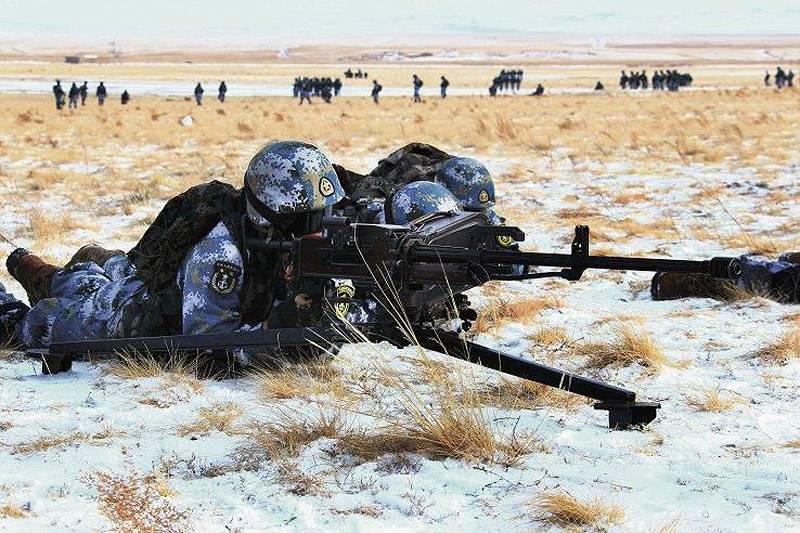
The US Armed Forces have identified China as their long-term threat, "appointed" a country with which the American army will face serious competition in the coming decades. The challenge is serious for a well-armed US Army, but for the Marine Corps (ILC) of the country, China’s reliance on a family of heavily armed floating vehicles presents a significant challenge.
For the People's Liberation Army of China (PLA), its Marine Corps is a source of pride. The ILCP is equipped and ready to defend Chinese sovereignty over the disputed islands in the South China Sea, Taiwan and the Japanese Senkaku Islands. As a result, the PLA KMP has a higher level of financing and equipment than other PLA divisions.
The 1st and 2nd Marine Corps, along with the amphibious assault force base, are based in Zhanjiang City. The 1st brigade was formed in 1980, while the 2nd brigade was transferred from the army in 1998 (originally the 164th division) and until recently was equipped with used equipment from the 1st brigade. Both parts are currently equipped approximately the same and almost the entire body is included fleetbased on the South China Sea.
The Chinese Marines have about 12000 professional marines, and the PLA can be increased by adding mechanized airborne divisions from the PLA, which can bring the Corps to about 20000 people. It is planned to increase the number of PLA KLA to 100000 people by adding other units from the PLA. It is assumed that the Chinese fleet is able to set up the size of a division for landing operations, and this is most likely all the 12000 infantrymen mentioned above. However, it’s more correct to focus on deployments of the size of the team - this is about 6000 people - in order to maintain the effect of surprise and maximize the chances of creating a ban on access / blocking of the zone in the South China Sea.
ILC PLA is somewhat different from most marine corps units in the world. For example, the UK Marine Corps is essentially a lightly armed structure that relies heavily on its combat skills. On the contrary, the U.S. KMP has a lot more armored vehicles, but its most powerful ground platform, the M1A1 main battle tank, is heavily dependent on the large and vulnerable Landing Craft Air Cushion (LCAC).
As for the KLA PLA, the US Marine Corps can reasonably be considered its main competitor in the land segment. Unlike the U.S. KMP, the Chinese marines are equipped with a whole family of Ture 05 tracked landing vehicles, which includes the ZBD-05 model armed with an 30-mm gun, the ZTD-05 model armed with an 105-mm gun, and the PLZ-07B model armed with an 122- mm howitzer.
The Toure 05 family of vehicles is designed to be deployed at sea from ships and land with a battle on shore. When designing these machines, the emphasis was initially placed on their amphibious capabilities. The BMP variant is capable of overcoming waves up to 2,5 meters high and has a buoyancy margin equivalent to 27% of its total mass 26,5 tons. Although some sources claim that the machine can reach speeds of 40 km / h (21,6 knots) on water, it is believed that it is most likely closer to 25 km / h, but even this is almost two times the speed of a standard AAV7A1 landing vehicle RAM / RS American infantry.
The 05 Tour amphibious vehicle has unique design features. Before entering the water, the wave-reflective shield in the bow (when folded it gives the nose a distinctive sharp profile) is hydraulically extended, the driver’s periscope rises so that he can see over the shield. Water pumps turn on, when entering the water in the stern of the machine a second flat shield is lowered. Upon reaching the appropriate depth, the suspension system raises the track rollers to reduce hydrodynamic drag. To provide the engine with air, a snorkel mounted on the platform from the rear right also rises. The front and rear shields create a planing effect, which raises the body of the machine above the water during movement and reduces water resistance.
The machine is driven by two feed water cannons and is controlled by a combination of closing the shutter of one of the water cannons and opening one of the sections of the side screen in front of the machine.
The good amphibious characteristics of the Toure 05 family of vehicles mean that they can be used by the PLA KMP to reach a given area due to the horizon, for example, on a disputed island. Arriving there, the KMP of the PLA will be able to arrange access denial / blocking of the zone. Essentially, an area with a dense concentration of anti-aircraft and anti-ship forces and assets, as well as the capabilities provided by the KLA PLA and its armored vehicles, will make the prospect of an invasion extremely expensive and unpleasant for many armies.
These opportunities will also certainly be used in what is described in the Chinese Navy as a "short and sharp war." Speaking about the "return" of the disputed Senkaku Islands (the Chinese name is Diaoyu), they say that "quick action and good planning are the keys to victory in the war." This indicates the importance of the Toure 05 family of machines, their over-horizon capabilities are the best suited for such a short and unconventional conflict.
The closest analogue of the Chinese Ture 05 platform to the Americans is the LAV-25 machine, which has been in the arsenal of the United States Commission for almost 40 years. The LAV-25 wheeled machine in the 8x8 configuration can take part in land and sea operations, although it is not able to overcome the surf zone. As a result, when landing, the whole calculation is done either on the absence of unrest at sea, or on transportation from the ship to the coast, which reduces the psychological impact that the sudden appearance of the landing can have. The machine was created more for quick reaction forces, which can be immediately sent to any region of the world to protect the interests of the United States, and not for landing in conditions of opposition from the enemy.
Machines of the LAV-25 family, despite the obvious loss to the Toure 05 family regarding amphibious characteristics, can boast considerable firepower. These are the LAV-25 variant with the 25-mm gun and the LAV-M mortar installation with the 81-mm mortar and the LAV-AT anti-tank installation armed with the TOW ATGM.
According to the Jane's Armored Fighting Vehicles manual, it is assumed that the M242 can penetrate the equivalent of rolled rolled armor with a thickness of 25 mm at an angle of 60 ° from a distance of 1300 meters. The mortar variant has a range of 5700 meters and can support the rate of fire of 30 rounds per minute for two minutes. In addition, several types of missiles are available for the LAV-AT variant.
The most effective anti-tank variant of the missile is the TOW-2B, for attacking from above equipped with two striking elements of the "strike core" type. The TOW-2A variant is equipped with a tandem cumulative warhead that can penetrate the 1000 mm rolled armor behind the dynamic defense units. On entrenched infantry or fortified positions, you can use a TOW-BB variant with a high-explosive fragmentation warhead capable of penetrating 203 mm double reinforced concrete.
Despite the good firepower available for the US Marine LAV series, there are three main options for the 05 Tour family, which are also not far behind in this regard. The BMP variant, designated ZBD-05, armed with a stabilized 30-mm gun with selective power, is capable of firing from a place and in motion. According to reports, he can conduct accurate fire from the water. The maximum rate of fire is 330 rounds / min and the gun is effective against medium-weight armored targets at ranges up to 1500 meters. The exact characteristics of the ammunition are unknown, although the Russian armor-piercing sub-caliber analogue is capable of piercing 25 mm of armor at an angle of 60 ° from a distance of 1500 meters.
For comparison: the LAV-25 machine is protected only from 14,5-mm bullets due to a combination of steel and ceramic armor. This combination is one of the most common and effective methods of protection against ballistic threats of caliber up to 14,5 mm, but it is unlikely that it will provide reliable protection against 30-mm shells. The ZBD-05 is also armed with a Red Arrow 73B ATGM launcher equipped with a tandem cumulative warhead. The missile has a maximum range of 2800 meters and is capable of piercing 200 mm rolled armor at an angle of 68 °, closed by dynamic protection units.
Direct fire support for the ZBD-05 is provided by the ZTD-05 option (photo above), which has the same housing as the ZBD-05, but which is armed with a reduced-impact 105-mm rifled gun. As stated, the weapon system of the ZTD-05 machine is capable of capturing targets on the water and remain effective for motionless targets at wave heights of up to 2,5 meters. For moving targets, the machine is effective at sea waves up to 1,25 meters. The installation is capable of firing large-caliber ammunition of various types, including armor-piercing and high-explosive fragmentation. This allows you to fight with both armored vehicles and fortifications. The U.S. KMP is not armed with an analogue of such a machine.
The third variant of the PLZ-07B is a combination of the Toure 05 chassis and the PLZ-07 howitzer. The PLZ-07B self-propelled artillery mount is armed with an 122-mm gun, which is found on many platforms armed with the PLA. The gun is equipped with an ejection device and a multi-chamber muzzle brake. The turret rotates at 360 ° and has vertical guidance angles from -3 ° to 70 °, which allows the crew to fire directly and indirectly. The manual loading gun has a rate of fire from 6 to 8 rds / min. When firing high-explosive shells, the firing range of the PLZ-O7B gun is 18 km.
At KMP PLA, the PLZ-07B platform is a standard self-propelled indirect fire support vehicle. The U.S. Navy includes powerful and well-equipped artillery units, although reliance on the HIMARS MLRS and towed M777 guns means that, compared to the NLA KMP, the American infantry are theoretically disadvantaged in terms of mobility.
Not a single armor
Armored vehicles is only one of the elements of the picture. The full picture of the battlefield cannot do without air means, and this is what the U.S. ILC clearly dominates.
The ILC of the United States is scheduled to receive 340 F-35C Lightning II fighters; West Coast Marine Squadrons will be the first to receive a Fifth Generation aircraft to replace their multi-purpose attack aircraft AV-8B Harrier. The F-35 fighter significantly enhances the capabilities of the U.S. Navy in air combat, while the high-precision GBU-49 Enhanced Paveway II bombs allow bombing moving ground targets with high accuracy and efficiency. In air collisions, the new AIM-120D AMRAAM air-to-air missiles will be able to capture targets at maximum range of up to 180 km.
The U.S. KMP also operates AH-1Z attack helicopters, which can be armed with 16 Hellfire homing missiles with a maximum range of 12 km. Firepower is also complemented by the Harvest HAWK (Hercules Airborne Weapons Kit) weapon kit for the KC-130J transport aircraft. The Harvest HAWK kit is a modular horizontal loading weapon system that gives the KC-130JS Corps base aircraft the ability to attack ground targets. It includes the AN / AAQ-30 Target Sight Sensor, mounted under the left-wing fuel tank, and the AGM-114P Hellfire II laser-guided missile launcher for four air-to-surface missiles, mounted on the left refueling pylon. MBDA GBU-44 / E Viper Strike bombs and Griffin air-to-ground missiles can also be fired from an 10-mounted ramp launcher called the Derringer Door.
A good support tool for U.S. ILC operations is a large fleet of helicopters based on the V-22 Osprey tiltrotor and the CH-53 Sea Stallion multi-purpose transport helicopter. The number of vehicles of only these two types is 483 units, they support the ground operations of the U.S. ILC. The Marines can also operate in conjunction with huge air strike groups and thousands of US Navy aircraft.
Looking at the superiority of the American fleet in forces and means, as well as in technology, the Chinese fleet does not intend to retreat. According to the current Chinese doctrine of the Chinese fleet for the protection of the sea islands, military operations are envisaged in the area surrounded by the so-called first chain of islands (Aleutian, Kuril, Ryukyu, Taiwan, the Philippine archipelago and the Great Sunda Islands). This means that he must learn to act at much greater distances and beat the enemy in the open ocean. The Chinese fleet has only one Liaoning aircraft carrier converted from the unfinished Ukrainian aircraft carrier Admiral Kuznetsov.
There is reason to believe that China may seek to achieve temporary superiority at sea even over the United States. It is claimed that the Type 052D missile destroyer of the Luyang III project with guided missiles, for example, is comparable in capabilities with the Aegis system of the American destroyer Arleigh Burke. According to some sources, it can simultaneously track many airborne and surface threats. Analysts estimate that these ships can be used to create an air defense system over support vessels and landing ships, that is, they will in fact be used as part of the Chinese strategy for banning access / blocking of the zone. Combined with the use of ships to fight other ships, such as the Houbei Project 022 Tours, which are armed with long-range anti-ship missiles, this will allow the Chinese fleet to control the area of operations and counteract the United States without the need to create or manage large aircraft carrier strike groups.
In essence, the Chinese fleet’s strategy of warfare in an asymmetric naval conflict could give PLA ILC an advantage in establishing ground control over the island. After that, his ground forces and assets will be difficult and expensive to displace.
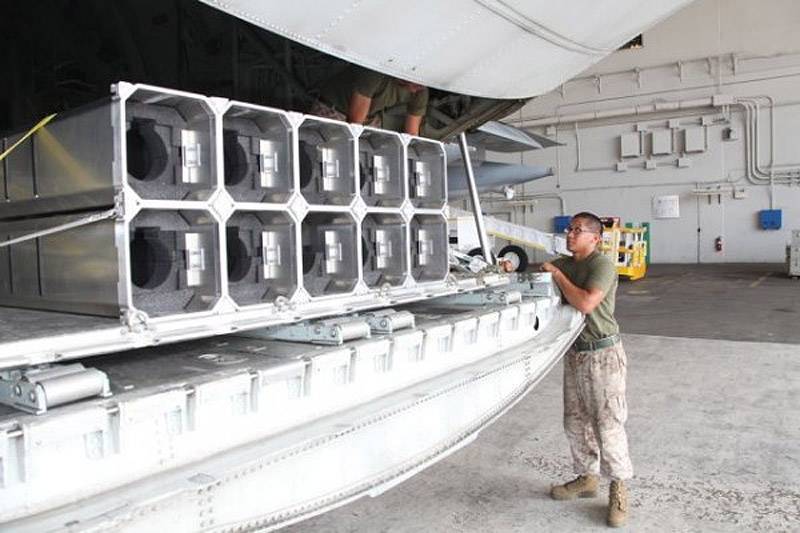
Air support
The main aircraft of the Chinese fleet is the J-15 multipurpose fighter, which also has an option for the J-16 army based on the SU-30MK2. According to Jane's World Navies, the fleet of the Chinese fleet is estimated at approximately 600 aircraft, most of which are based on land and are not regular means of the PLA KMP.
The main air-to-air missile in the armament complex of Chinese fighters is the PL-12, adopted for service in the 2005 year. According to some reports, the launch range is 60-70 km, and the maximum speed is approximately 4 Mach numbers. Also included in the weapons complex is the KD-88 air-to-surface missile with a turbojet engine and several guidance options. It is equipped with a high-explosive fragmentation warhead and has a range of 100 km.
A small amount of aviation forces and assets (compared to the combined forces and assets of the ILC and the US Navy) makes the ILC of the PLA dependent on the fleet and most of this air support relies on the runways to maintain combat effectiveness. The latter component is offset to some extent by a 3300-meter runway built on one of the islands. Runways were also built on the islands of Subi and Mischief, allowing China to gain three air ports in the region. The Defense Ministry noted that "China's infrastructure under construction will strengthen the projection of power in the South China Sea." According to American intelligence, the Chinese have built fortified hangars on all three airfields, each providing shelter for 24 fighters plus 3-4 larger aircraft.
The construction of advanced airbases can be a short-term solution to the problem of China’s lack of naval forces and facilities compared to the US Navy and provide sufficient air cover for the PLA’s ILC to establish control over the region. However, one of the shortcomings of the Chinese system is the lack of interaction between the fleet and other branches of the armed forces of China. The Chinese government is trying to overcome this peculiarity, but in the near future the problems with conducting combined arms operations, most likely, will not be resolved.
The United States has chosen China as a long-term main threat, which contains many challenges. As for the United States Naval Forces, it has a clear advantage in the air, especially if we take into account the forces and means of the US Navy. The main emphasis of the U.S. ILC on the aviation component ensures the preservation of its superiority in the quantity and quality of air assets in the long term. However, in the terrestrial sphere, the marine corps may be behind the PLA ILC and therefore must work to ultimately eliminate the inequality of capabilities of combat forces and assets.
The ACV 1.1 amphibious armored vehicle program could potentially enhance the combat capabilities of the U.S. ILC, although the most important changes for it lie in the doctrinal plane. His reliance on LAV-25 armored vehicles to act as a reconnaissance unit rather than a traditional armored formation means that there is no infantry support needed to effectively counter mechanized units. Similarly, units equipped with AAV7 amphibious assault vehicles and main combat tanks M1A1 are rather slow and cumbersome for timely deployment, the purpose of which is to prevent the opponent from taking decisive and unexpected actions.
This can be a problem in the event of a conflict with the ILC PLA, because in the first place - this is still an infantry unit. History military conflicts knows no precedents for the successful operations of a purely armored unit against mixed infantry and armored forces. From this we can conclude that it will be difficult for LAV vehicles alone to withstand the combined combat potential of the Tour 05 family of vehicles and their infantry.
KMP PLA is not the most powerful amphibious force in the world. He does not have sufficient funds to compete with the closest rival - the United States Commission - in an open conflict. However, this is the area where the Chinese fleet plans to direct its forces in the near future. The ability to attack one or more aircraft carrier strike groups is the goal of building a modern Chinese Navy. In this regard, Chinese military literature widely analyzes the weaknesses of aircraft carriers and portrays the most favorable moments for their attack.
Obviously drawing inspiration from the Soviet strategy of fighting aircraft carriers of the Cold War era, the Chinese Navy intends to coordinate the massive strikes of anti-ship missiles launched from aircraft, surface ships and submarines on American aircraft carriers and their accompanying ships. As a result, the Navy and the ILC of the PLA may not need parity in the number of surface ships or aircraft to conduct military operations with the United States; instead, they will be able to choose means of destruction that are in full combat readiness to achieve their goals.
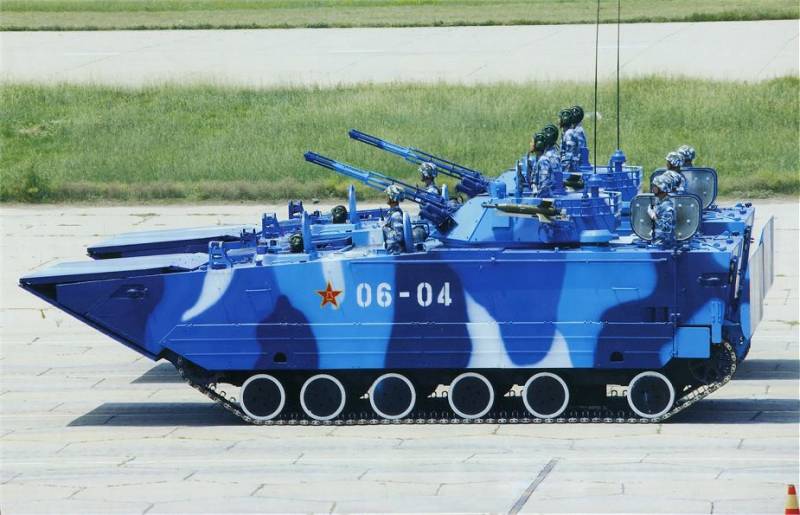
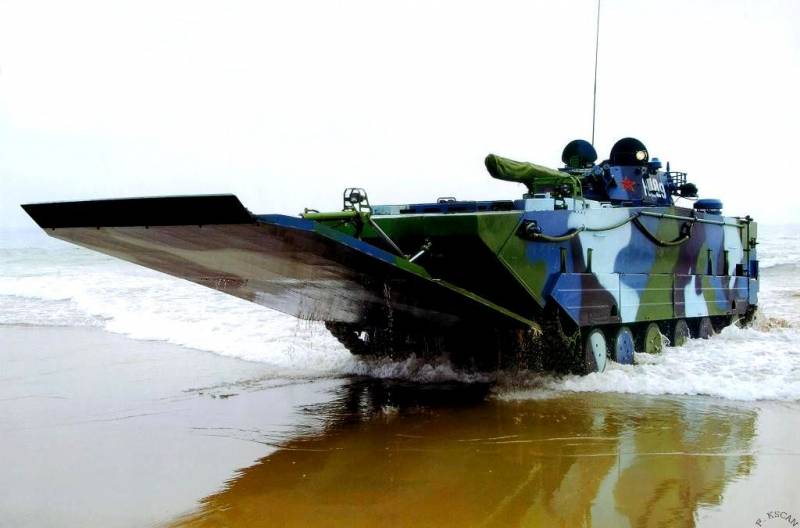
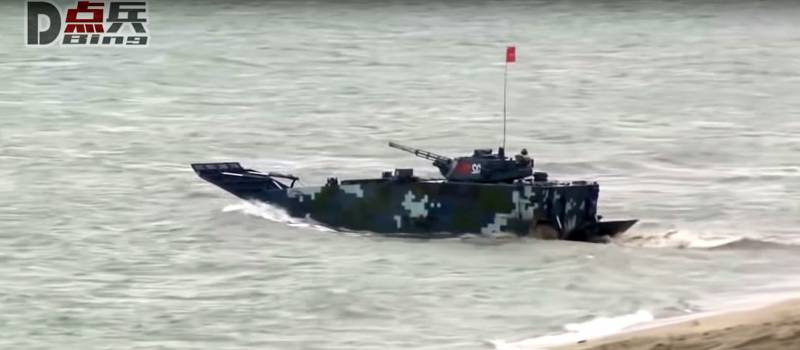
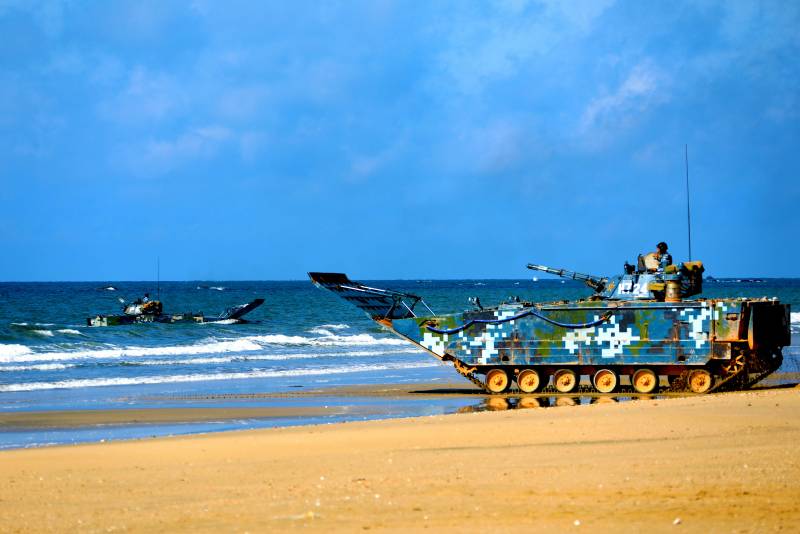
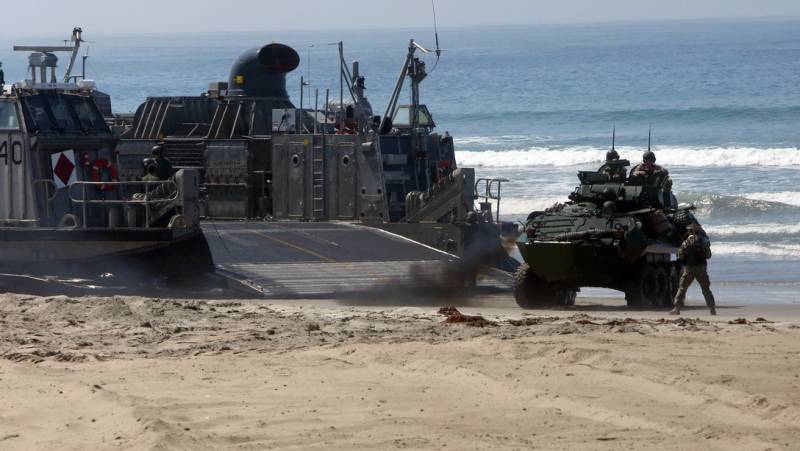
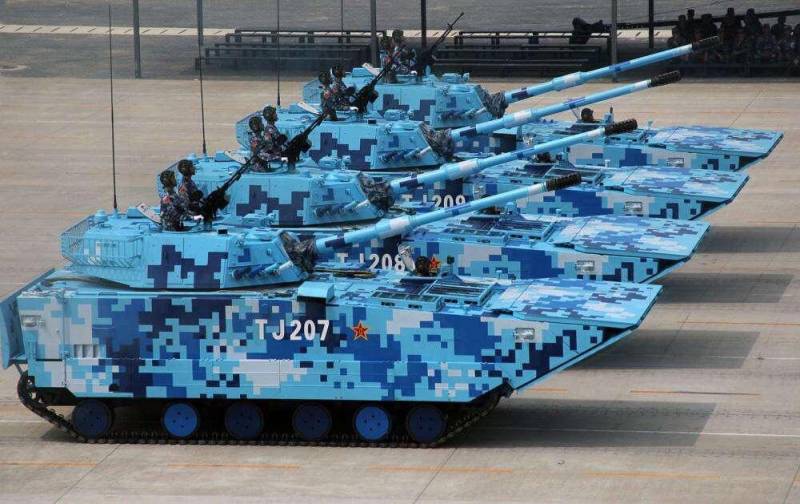
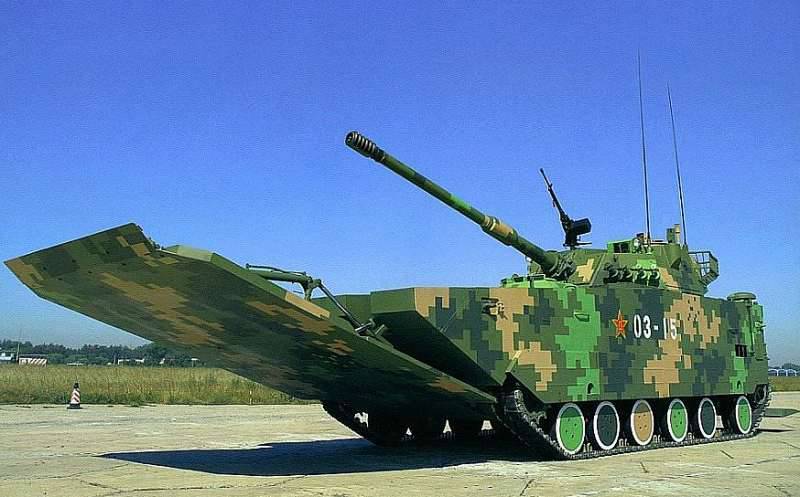
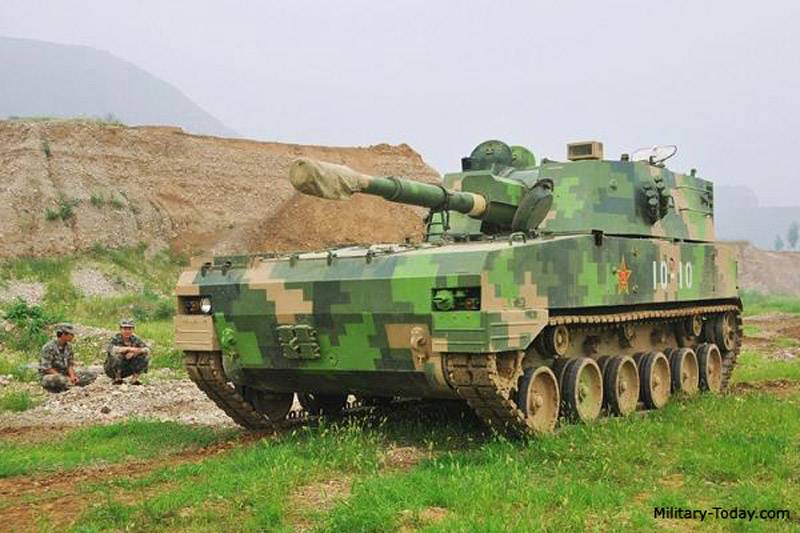
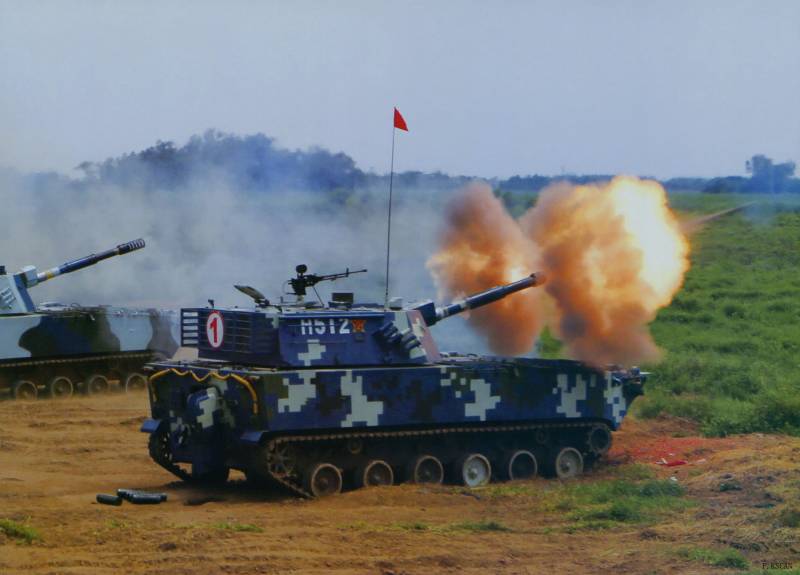
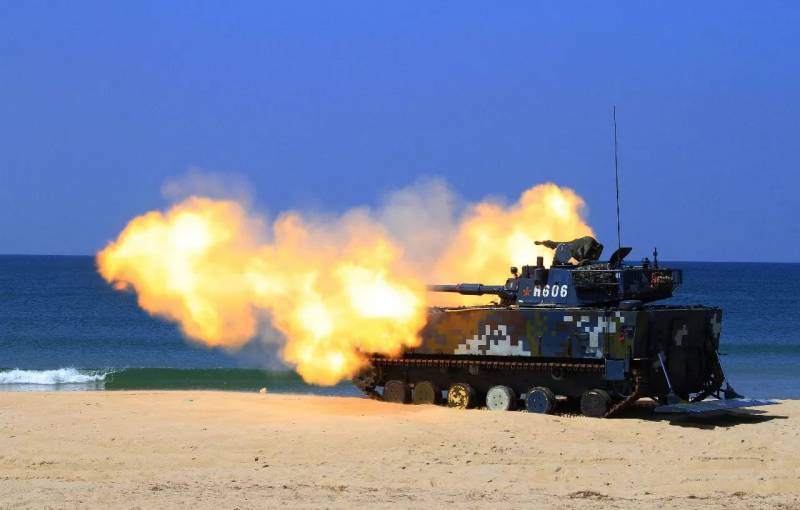
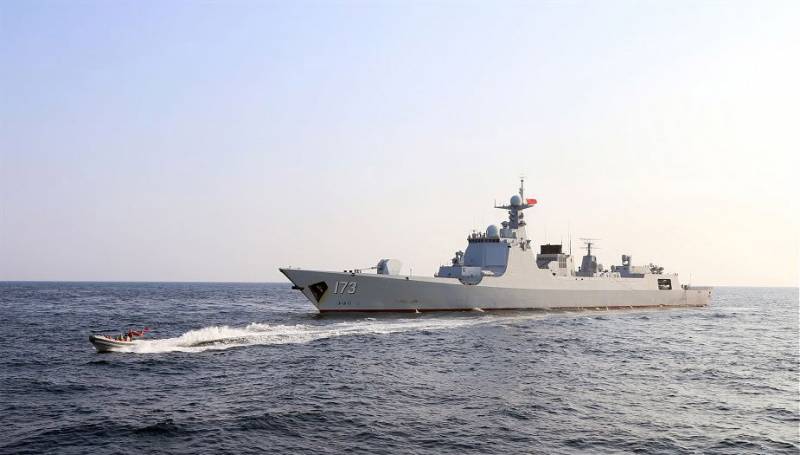
Information